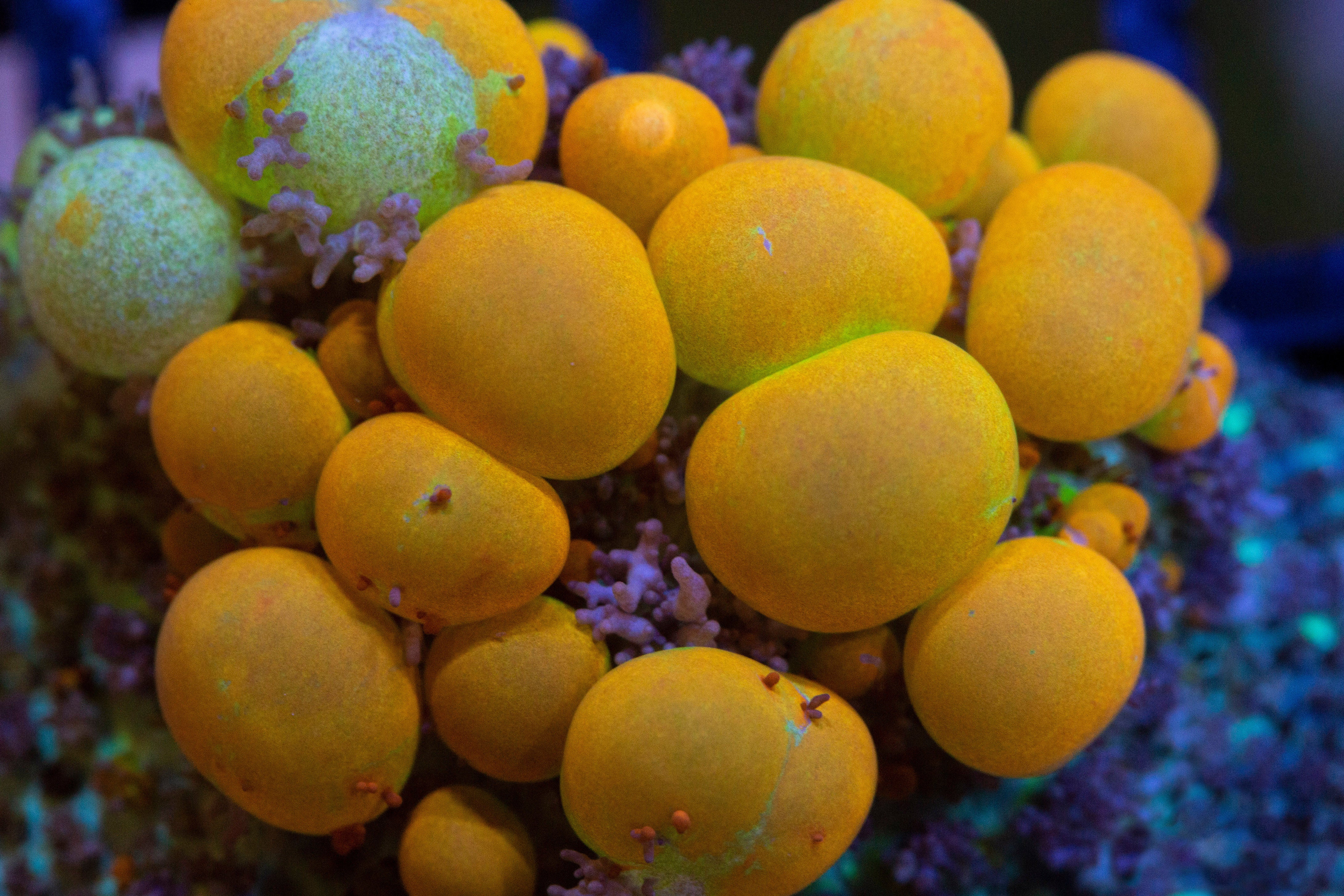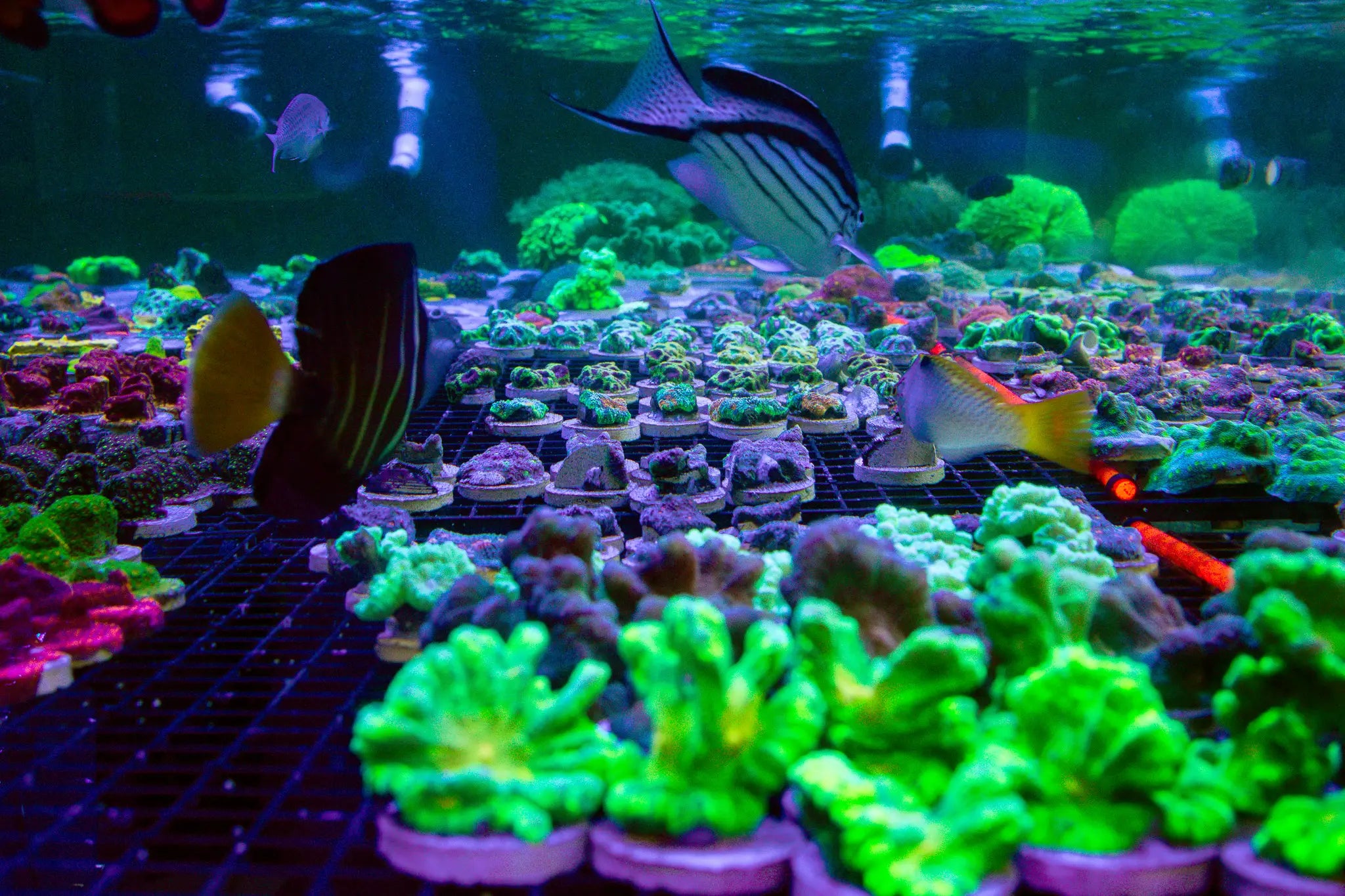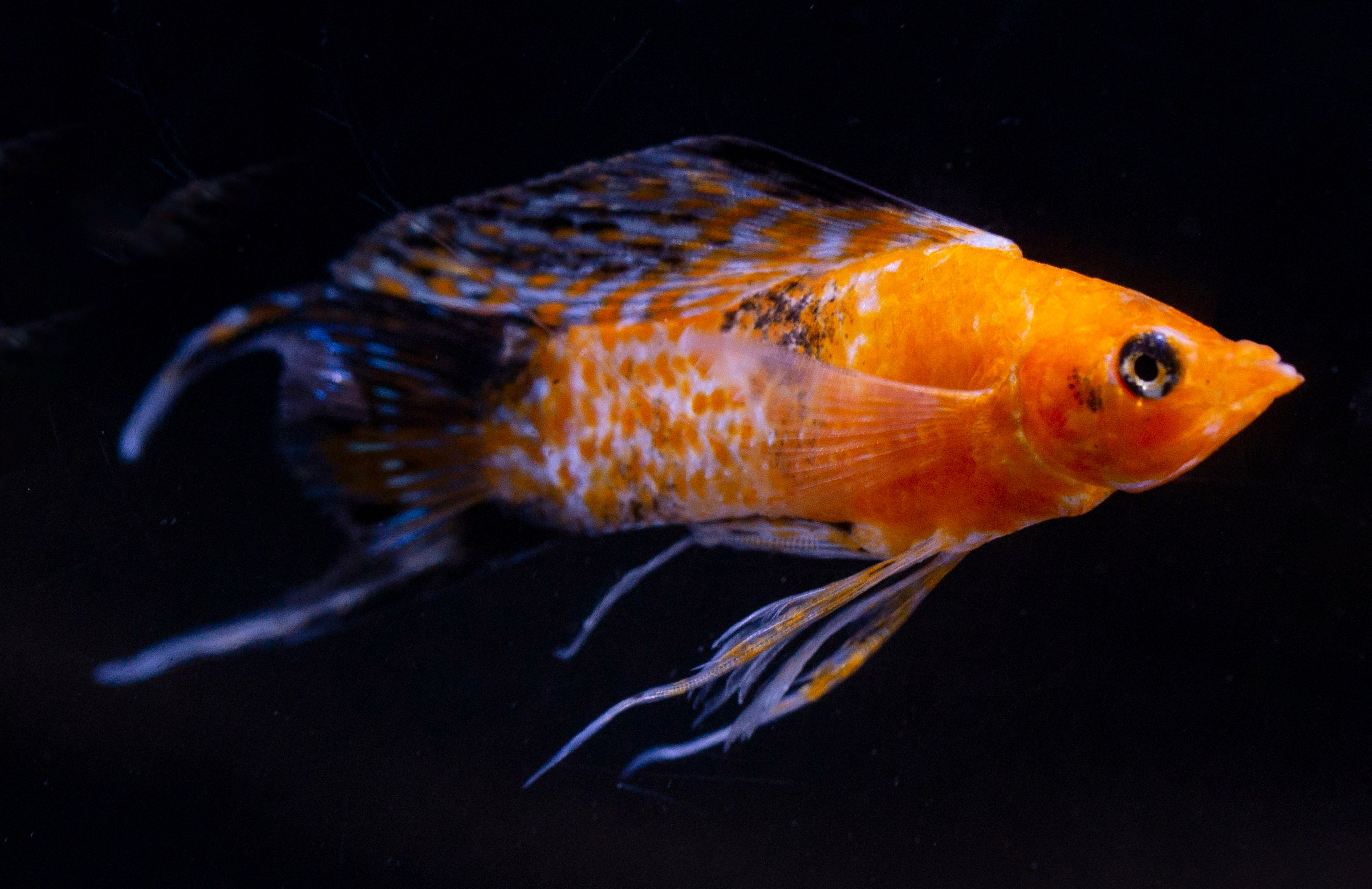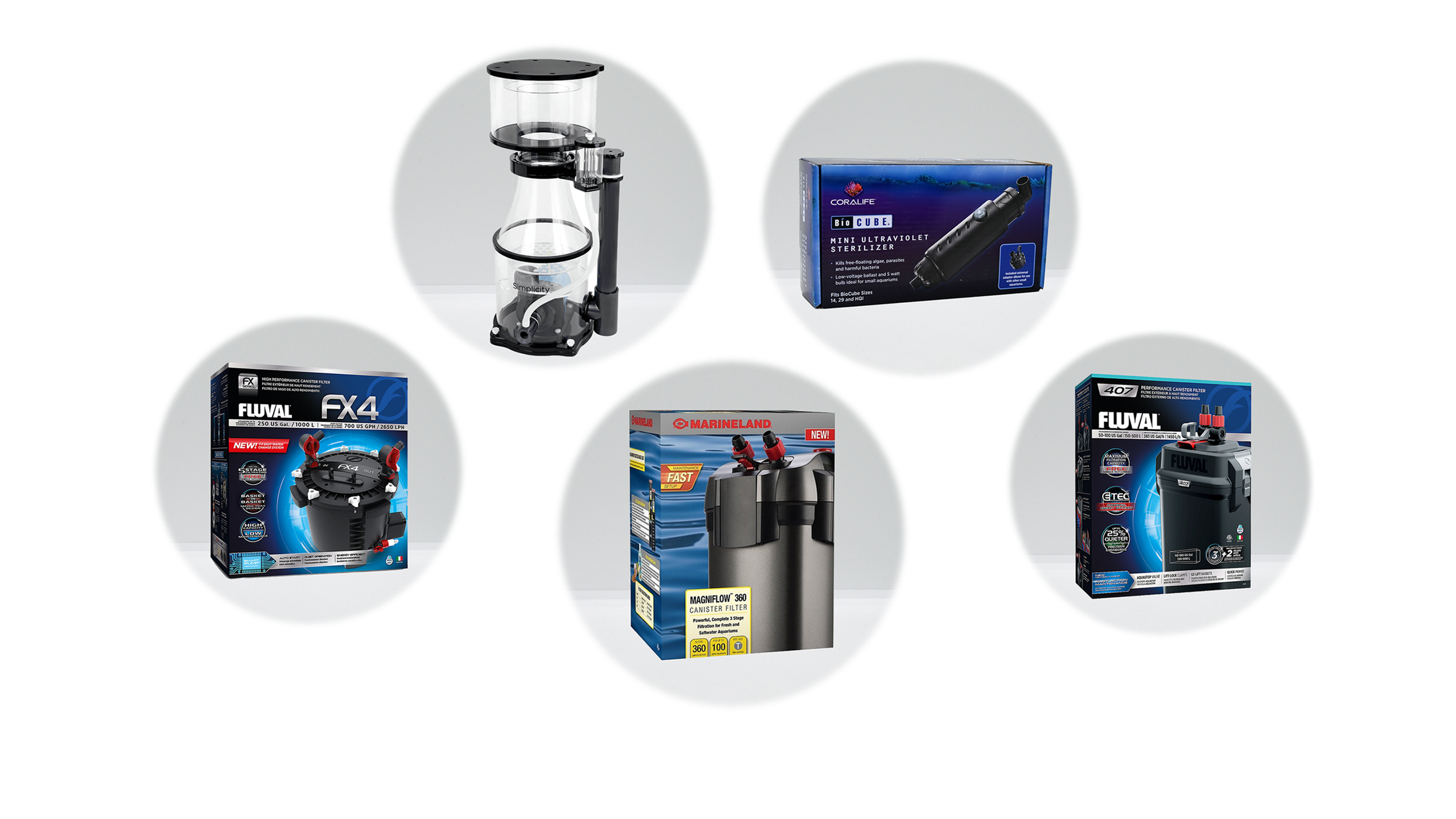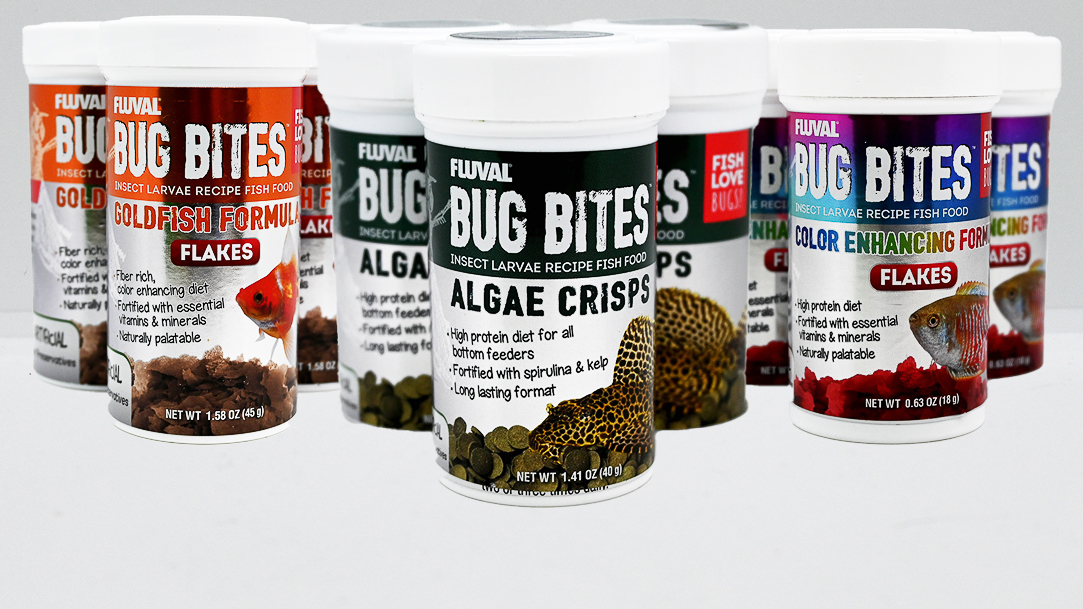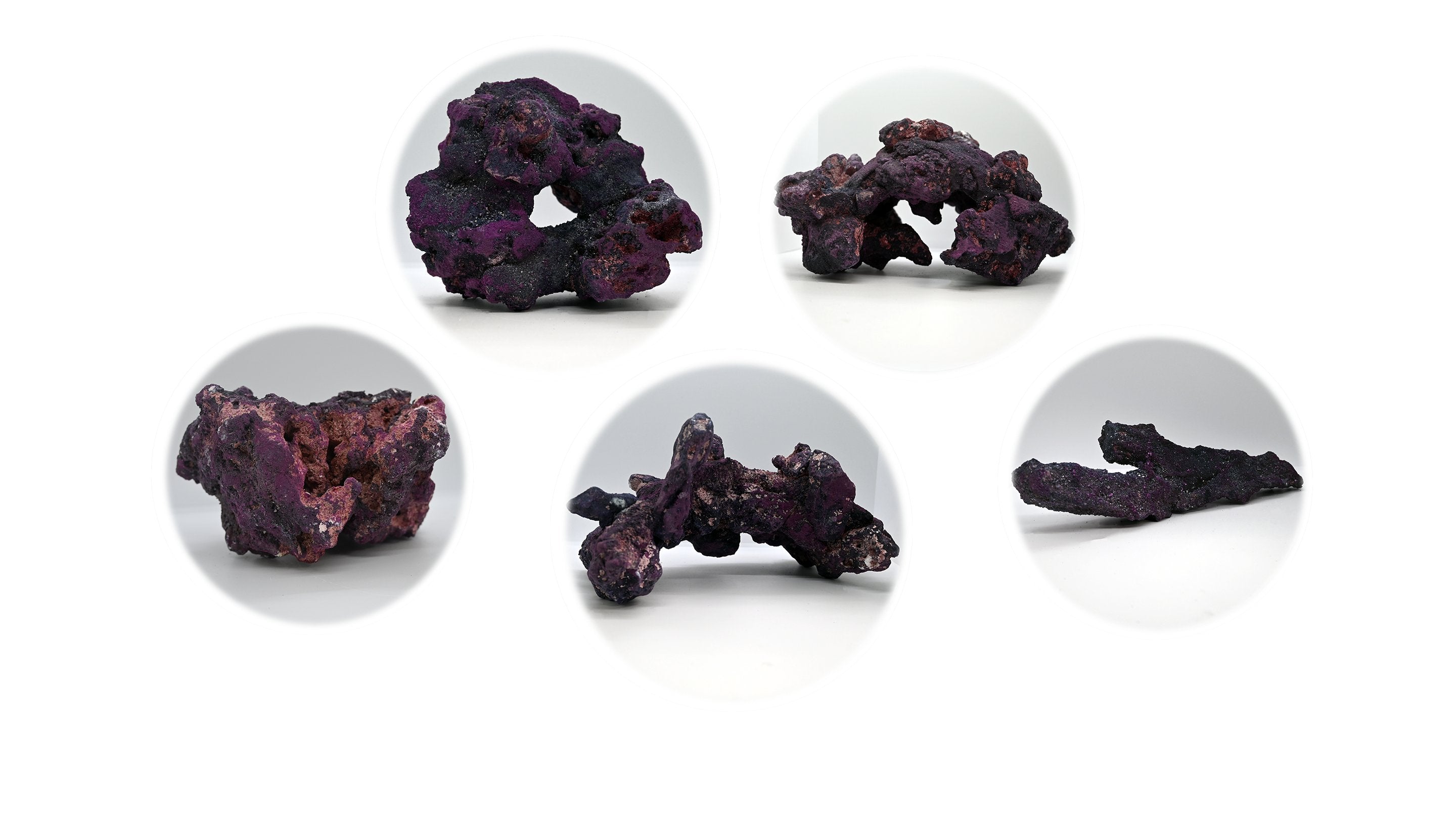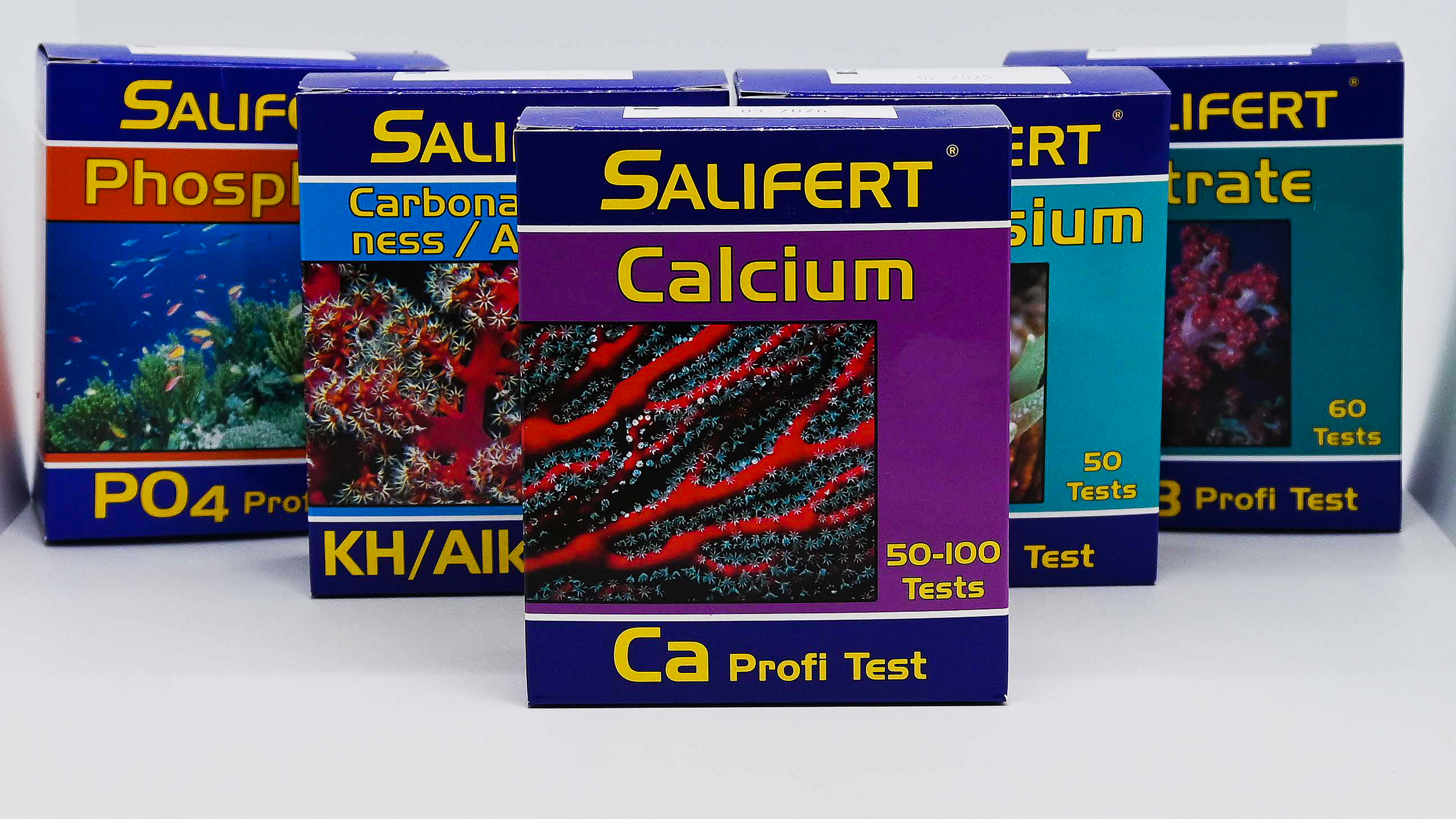
Blue Ribbon Eel - Rhinomuraena quaesita
- In stock, ready to ship
- Backordered, shipping soon
Blue Ribbon Eel (Rhinomuraena quaesita)
The Blue Ribbon Eel (Rhinomuraena quaesita) is one of the most visually striking marine eels, known for its bright blue and yellow coloration and elongated, ribbon-like body. Despite its captivating beauty, this species can be challenging to care for due to its specialized feeding needs and unique behaviors, making it more suitable for experienced aquarists.
Description:
• Common Name: Blue Ribbon Eel
• Scientific Name: Rhinomuraena quaesita
• Family: Muraenidae
• Size: Up to 3.9 feet (120 cm)
• Color: Juveniles and females are typically black with yellow dorsal fins, while adult males display bright blue bodies with vibrant yellow along the dorsal fin and mouth.
Native Region:
The Blue Ribbon Eel is native to the Indo-Pacific region, from East Africa to southern Japan, including areas around the Great Barrier Reef. They inhabit coral reefs, often hiding within small caves or crevices.
Aquarium Setup:
• Tank Size: Minimum of 55 gallons (210 liters) for one individual
• Temperature: 72-78°F (22-26°C)
• Salinity: 1.020-1.025 specific gravity
• Substrate: Soft sand or fine gravel to allow the eel to burrow. Plenty of live rock is required to create hiding spots and crevices for security.
• Diet: Carnivorous; Blue Ribbon Eels can be difficult to feed, especially in captivity. They prefer live foods like small fish and shrimp, though transitioning them to frozen or prepared foods such as mysis shrimp can be challenging.
Care Level:
• Difficulty: Advanced; this species requires specialized care and can be difficult to feed, especially in the initial stages of acclimatization.
• Temperament: Generally peaceful but may prey on smaller fish and invertebrates. They are best kept with larger, non-aggressive tank mates.
• Lifespan: 10-20 years in the wild; shorter in captivity if not properly cared for.
Additional Tips:
• Tank Mates: Suitable tank mates include larger, peaceful species such as tangs, angelfish, and clownfish. Avoid small fish and shrimp that could be viewed as prey.
• Behavior: Blue Ribbon Eels spend much of their time with only their heads protruding from a cave or crevice, waiting to ambush prey. They are generally not aggressive toward other fish unless they fit into the eel’s mouth.
• Water Quality: Consistent water quality is crucial for this species. Blue Ribbon Eels are sensitive to poor water conditions, so regular maintenance and stable water parameters are essential.





